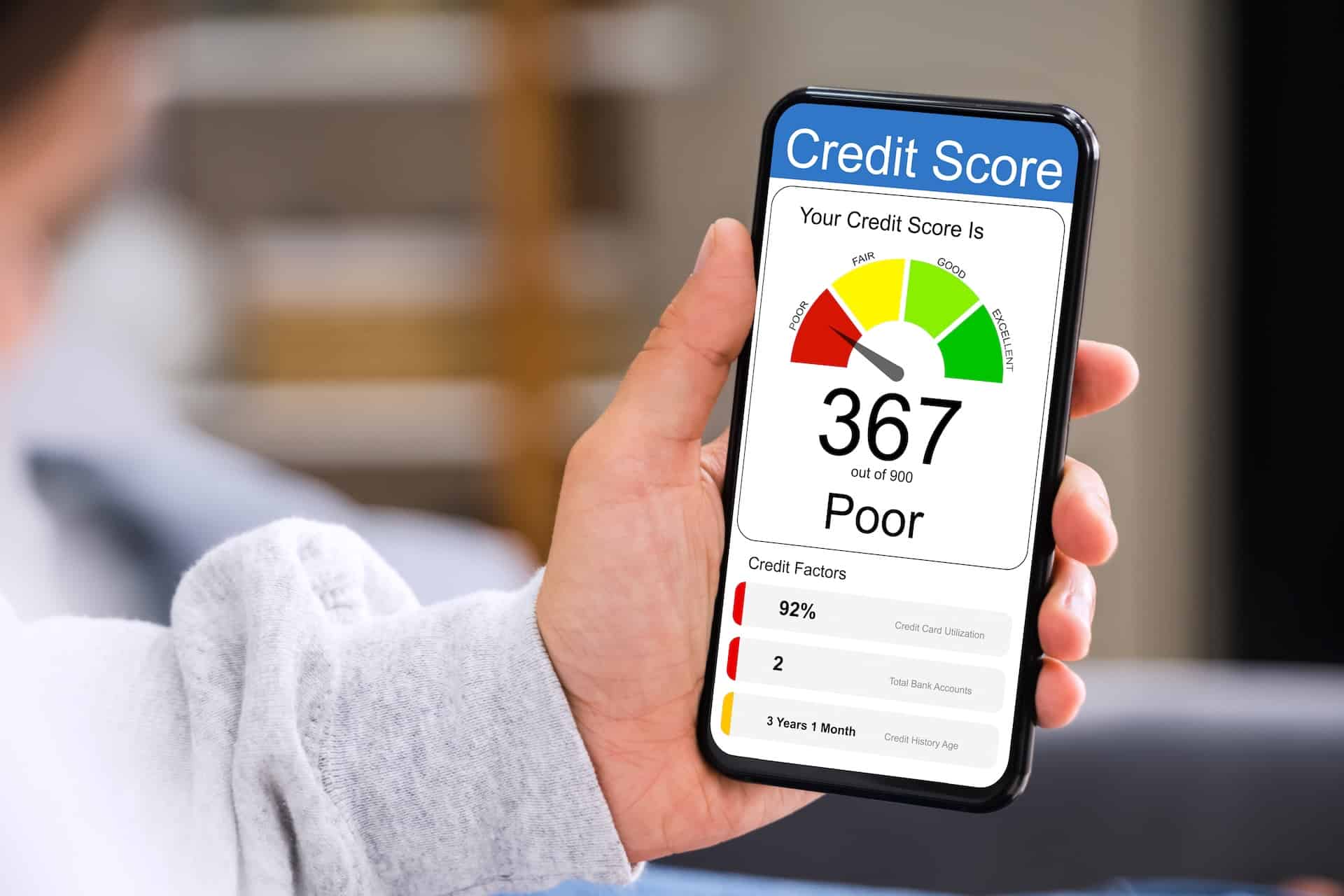When it comes time for you to purchase a new car, depreciation is a serious concern. According to statistics published by Edmunds.com, an industry-leading resource for automotive information, the true market value of a brand new car drops by an average of 11% as soon as you drive it off the lot. During the first five years, the car depreciates by 15% to 25% each year, and after just five years, the car is only worth 37% of what you paid for it at the dealership. These figures highlight the importance of guaranteed auto protection (gap) insurance, a special type of insurance policy that protects motorists who’ve purchased a new vehicle through a financial agreement such as a loan. The insurance covers the difference between the value of the car and the amount you still owe on the vehicle.
What Is Gap Insurance?
In the event you need to make a claim for a total loss, your standard auto insurance only pays out what the car is worth. Considering the rapid depreciation of a car’s value, this could leave you in a situation wherein you owe more money on the vehicle than your insurance pays out, especially if you’re claiming within the first few years of ownership and your insurance includes a deductible. Gap insurance supplements your main auto insurance policy and covers the difference between what your car is worth and what you still owe.
Most people who take out gap insurance only need it for a few years while they pay off the loan on the vehicle. Gap insurance is particularly important if you only make a small down payment or if you drive your vehicle frequently to reduce its value rapidly.
How Does Gap Insurance Work?
Gap insurance is a very simple, relatively inexpensive coverage option that complements your main auto insurance. In the event your vehicle is stolen or written off, the gap insurance pays the difference between the vehicle’s value and the amount outstanding on the loan if the loan principal is greater.
For example, imagine your car is worth $10,000 when someone steals it, but you still owe $12,000 on the loan. Your primary auto insurance reimburses you for $10,000 if you have comprehensive coverage, and your gap insurance reimburses you for $2,000 so you have enough funds left to settle your loan obligation.
What Does Gap Insurance Cover?
Gap insurance coverage usually only covers the difference between your vehicle’s value and the balance of your finance agreement. Some plans ensure you’re in a position to cover the full value of your loan by covering the deductible, which is the amount your insurance provider deducts from any comprehensive insurance or collision insurance payout. While gap insurance is a useful way to ensure you’re in a position to pay off your loan or lease agreement in the event of a total loss, there are many things that the insurance doesn’t cover:
- Vehicle repairs
- Down payments on a new vehicle
- Rental cars
- Financial hardship
How Much Is Gap Insurance?
Gap insurance costs vary based on where and how you purchase your policy. When you take out a loan, it’s often possible to incorporate the gap insurance at the same time for a flat premium of around $500–$700. Purchasing gap insurance from a dealership or lender is often expensive, especially if the insurance goes into the total loan amount and accrues interest. The cheaper alternative is purchasing gap insurance through your car insurer, who adds the amount to your regular premium payments.
Gap Insurance Providers
If you get your gap insurance from a car insurer, you can expect to pay approximately 5% or 6% of your damage coverage costs. Because not all providers offer gap insurance and rates vary, it pays to compare companies to find a product that suits your needs and budget.
GEICO Gap Insurance
GEICO doesn’t offer gap insurance.
State Farm Gap Insurance
State Farm provides Payoff Protector as an alternative to gap insurance. The product is included with every State Farm Bank vehicle loan and cancels the difference between the amount of your auto insurance payout on a total loss and the amount you owe on the vehicle.
USAA Gap Insurance
USAA offers Total Loss Protection, which covers the difference between the value of the vehicle and the balance you owe on the vehicle, plus up to $1,000 of the deductible. The product is only available on vehicles that are fewer than seven years old and for loan amounts in excess of $5,000. There’s a flat fee of $269.
In Conclusion
Buying a car is a big financial investment, and if you need a loan to make the purchase, you may want to consider taking out gap insurance for added protection in the event of a claim for a total loss. Without gap insurance, you may find that an insurance payout for your car’s total value less the deductibles is insufficient to pay off the balance of your loan, which leaves you to pay the additional funds out of your own pocket even before you start looking for a new mode of transportation. Use online insurance comparison tools to find suitable products and ensure you have cover for any eventuality.




















